Life
Sign up for our newsletter
We summarize the week's scientific breakthroughs every Thursday.
-
 Health & Medicine
Health & MedicineYou may already have some protection from bird flu, but don’t count on it
Studies suggest that people who had seasonal flus or vaccinations have low antibody levels against H5N1 bird flu.
-
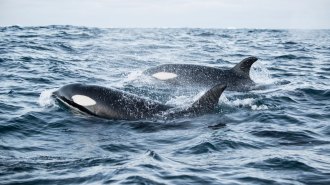 Animals
AnimalsSome killer whales hunt in pairs to maximize their bounty
Drone footage from Norway shows killer whales using a highly coordinated and cooperative hunting technique to catch herring.
-
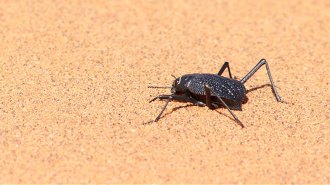 Animals
AnimalsThis desert beetle runs to cool off
After a sprint, the temperature of the beetle Onymacris plana drops. Efficient running, a body built for cooling and a little bit of lift all help.
-
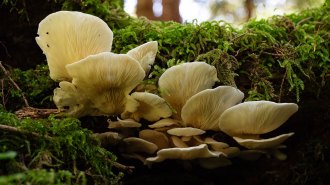 Health & Medicine
Health & MedicineClimate change may be pushing fungal allergy season earlier
Rising temperatures and changing rainfall patterns may be lengthening fungal allergy season, which starts 3 weeks earlier than it did two decades ago.
-
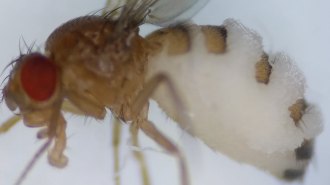 Life
LifeThis killer fungus strikes at sunset. Here’s how
The fungus Entomophthora muscae turns flies into zombies and kills them at sunset. An internal kill clock may explain the mysterious timing.
By Meghan Rosen -
 Health & Medicine
Health & Medicine‘Rehab’ exposes the dark underside of U.S. drug treatment centers
In Rehab, journalist Shoshana Walter investigates the systemic pitfalls of drug treatment programs, which prevent people’s recovery from addiction.
By Meghan Rosen -
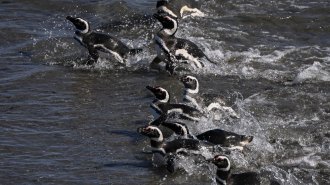 Animals
AnimalsSome penguins save energy by riding ocean currents
When navigating home, Magellanic penguins alternate between heading straight back in calm waters and swimming with the flow in strong ocean currents.
-
 Animals
AnimalsA dog’s taste for TV may depend on its temperament
Anxious dogs might react nervously to some television sounds, a survey of dog owners reports, while hyper ones might try to play chase.
-
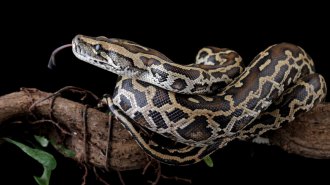 Animals
AnimalsA newly discovered cell helps pythons poop out the bones of their prey
The cells helps the snakes absorb the bones of their prey — and might show up in other animals that chomp their meals whole.
-
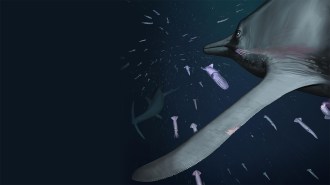 Paleontology
PaleontologyHow an ancient marine predator snuck up on its prey
Serrations at the edges of a fossilized flipper of the ancient marine reptile Temnodontosaurus suggests it may have been able to swim silently.
-
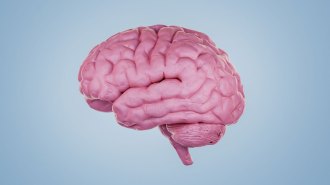 Health & Medicine
Health & MedicineProtein signatures may one day tell brain diseases apart before symptoms
Blood tests could pave the way for distinguishing between Alzheimer’s, Parkinson’s and some dementias, aiding early treatment for brain diseases.
-
 Paleontology
PaleontologyHow fast did dinosaurs really go? Birds walking in mud provide new clues
Tracks of dinosaur footprints can hint at how fast the extinct animals moved. Here’s how guinea fowl can help fact-check those assumptions.